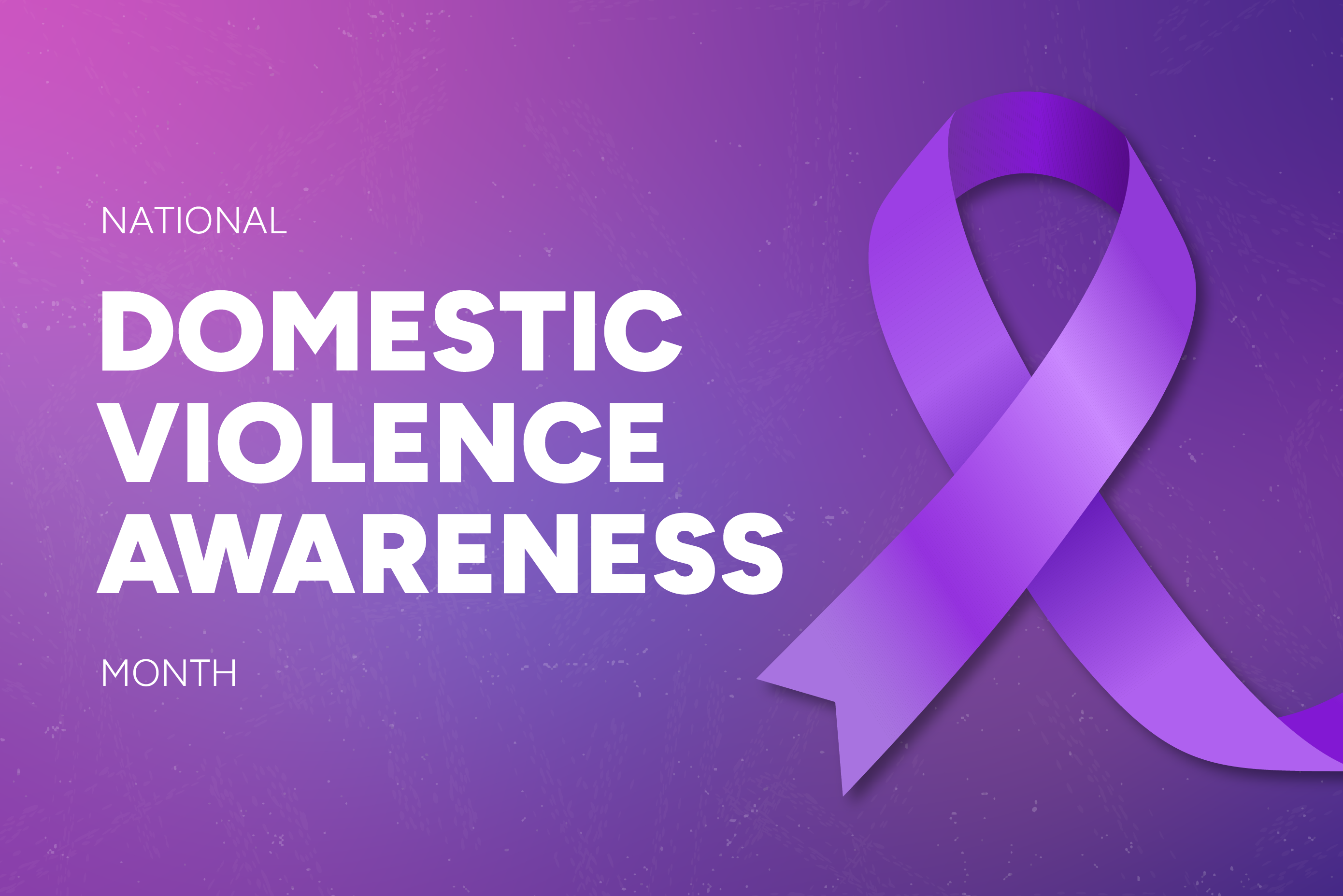Domestic violence is a reality that affects millions of people and families each year. Understanding the signs is crucial for early intervention and prevention.
Domestic violence can take many forms, including physical, emotional, psychological, and financial abuse. According to the National Coalition Against Domestic Violence (NCADV), nearly 1 in 4 women and 1 in 9 men experience severe intimate partner physical violence, which can lead to injury or even death. Understanding the dynamics involved in abusive relationships and recognizing the signs is crucial and can even be life-saving.
Signs of Domestic Violence
One of the most recognizable forms of domestic violence is physical abuse. This includes hitting, slapping, pushing, and other forms of physical assault. Victims may exhibit unexplained injuries or frequent “accidents,” often wearing clothing that conceals bruises. It’s important to note that physical signs may not always be visible; some victims may hide their injuries due to shame or fear of retaliation. The cycle of violence can lead to severe emotional and physical consequences, making early recognition incredibly important.
Emotional and psychological abuse is another significant indicator of domestic violence that can often go unnoticed. Abusers frequently use emotional manipulation as a means of control, which can manifest in various ways. Victims may experience constant criticism or belittling, and they may feel as though their perceptions are being manipulated through tactics like gaslighting—making them doubt their reality. Abusers also often isolate victims from friends and family, creating dependency and making it harder for them to seek help. Extreme jealousy and possessiveness can also be telltale signs of an unhealthy relationship.
Financial abuse is another critical but often overlooked aspect of domestic violence. This form of control restricts a victim’s financial independence and can take many shapes. An abuser may monitor or control all financial transactions, prevent access to bank accounts, or withhold money for basic needs, thereby trapping the victim in a cycle of dependence. This lack of financial autonomy makes it incredibly challenging for victims to leave abusive relationships, further entrenching them in their situations.
The rise of technology has given birth to a new form of abuse: digital abuse. This can involve constant monitoring of a partner’s phone or social media accounts, harassment through texts or online messages, and using technology to track movements or activities. Victims may feel trapped and suffocated by the persistent scrutiny, leading to heightened feelings of anxiety and isolation.
Threats and intimidation are also common tactics used by abusers to maintain control over their partners. This can involve direct threats to harm the victim or their loved ones, making them feel unsafe in their own home. This psychological grip can be just as hurtful as physical violence, leaving lasting scars not easily healed.
Recognizing the signs of domestic violence is crucial for both victims and their loved ones. Understanding these indicators can lead to timely intervention and support. Victims may not always realize they are being abused, especially in emotionally manipulative situations where their self-esteem has been undermined. Friends and family can play a crucial role in helping them seek help by providing a supportive environment and encouraging open communication about their experiences.
If you or someone you know is experiencing domestic violence, it’s important seek help. Numerous organizations provide resources and support for victims of domestic violence. The National Domestic Violence Hotline offers a 24/7 helpline at 1-800-799-SAFE (7233) and an online chat service. The National Coalition Against Domestic Violence provides comprehensive resources and information on how to recognize and address domestic violence.
